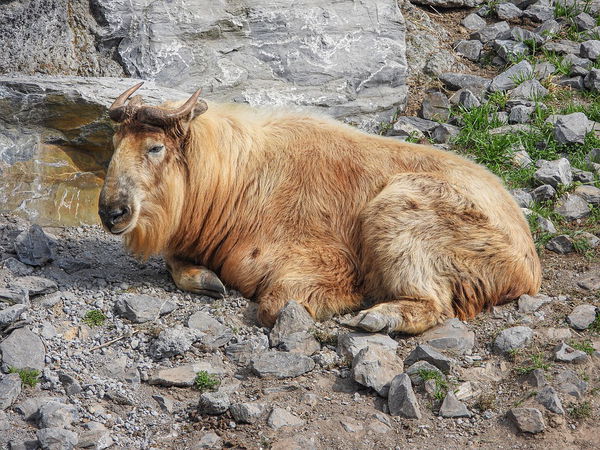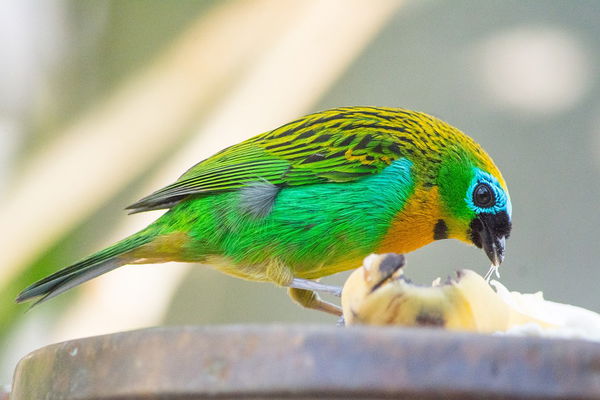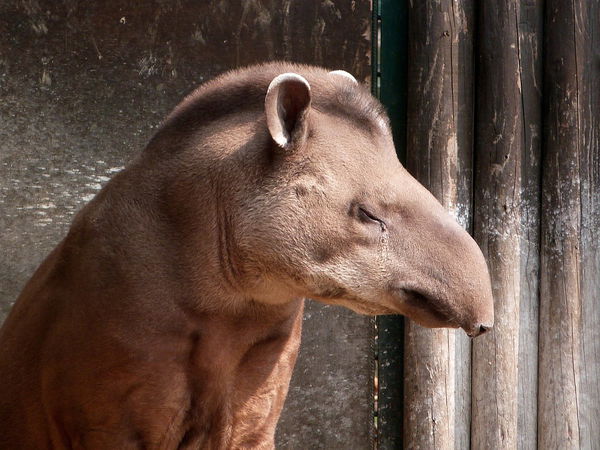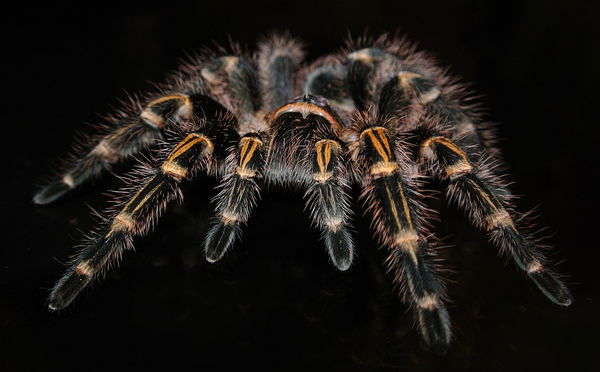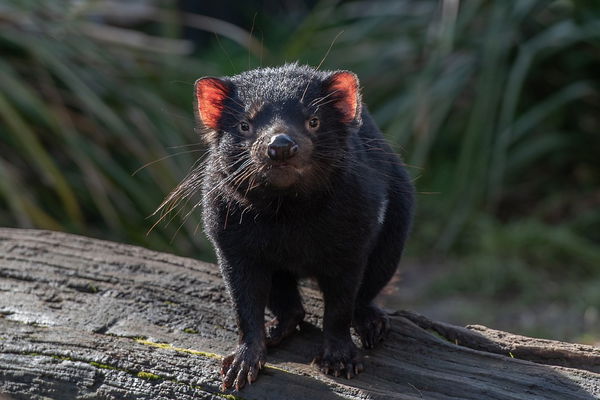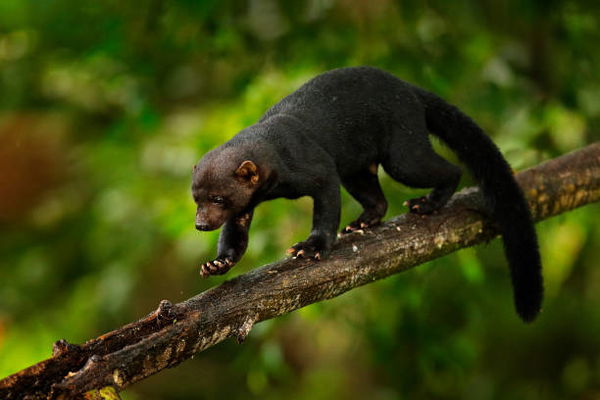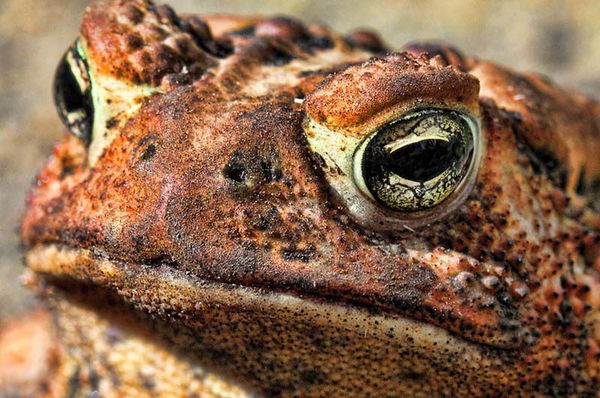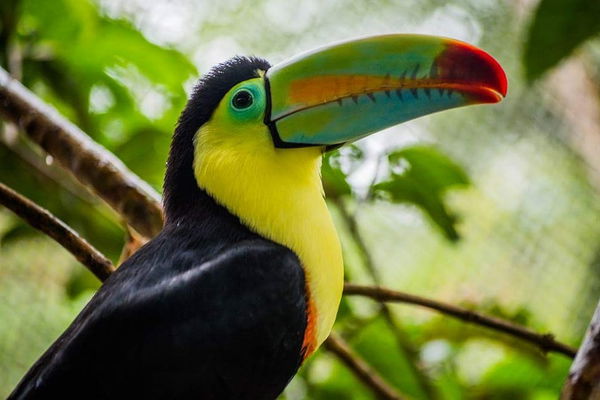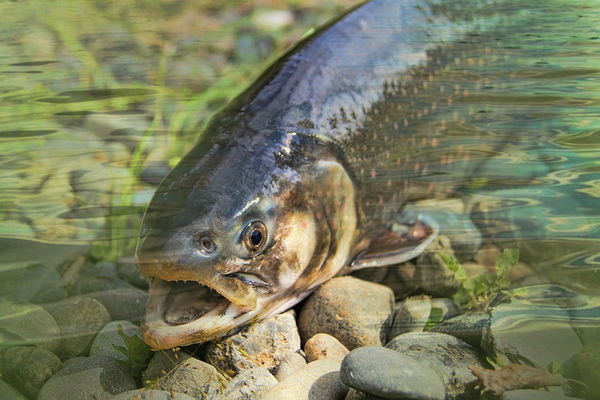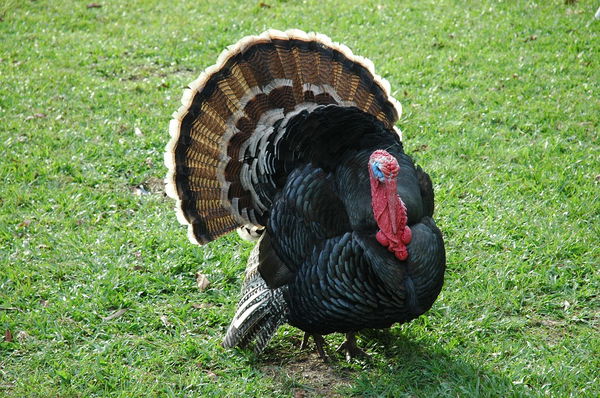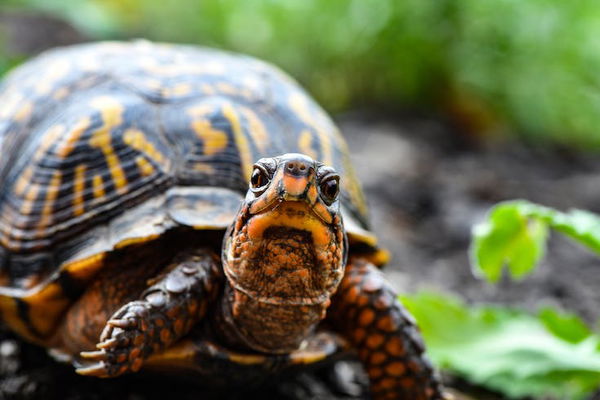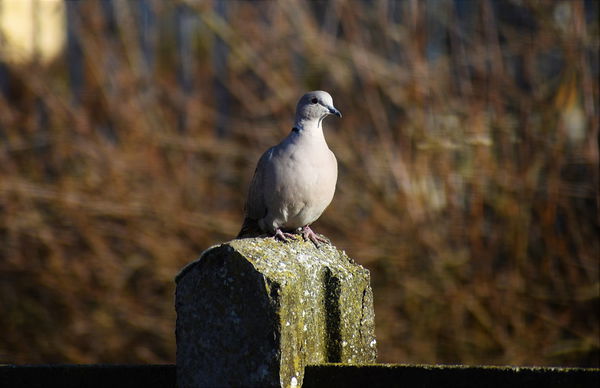The takin is a large, muscular mammal that inhabits the mountainous regions of China, Bhutan, and Myanmar. Also known as the "goat-antelope," it has a unique appearance that combines features of both goats and antelopes.
Takins have a stocky build with a thick, shaggy coat that can range in color from light brown to dark black. They have short, curved horns that are present in both males and females, and a large, broad head with a pronounced snout.
Despite their large size and impressive horns, takins are herbivores that primarily feed on grasses, leaves, and shrubs. They are well adapted to their mountainous habitat, with strong legs and hooves that allow them to navigate steep and rocky terrain.
Takins are a popular species in zoos and wildlife parks, and are considered a national symbol in Bhutan. However, their populations in the wild are threatened by habitat loss and hunting, and they are listed as a vulnerable species by the International Union for Conservation of Nature (IUCN).
